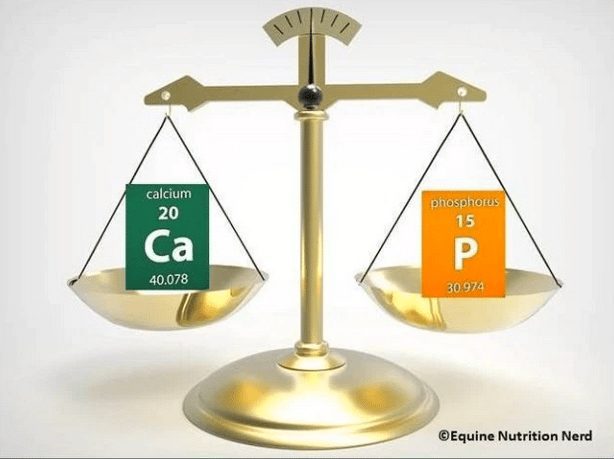By Lauren Quinn, University of Illinois College of ACES
The amount of calcium in pig diets must be calculated precisely. Too much, can decrease phosphorus digestibility and feed intake, leading to lower weight gain in pigs.
Hans H Stein, professor in the Department of Animal Sciences and the Division of Nutritional Sciences at the University of Illinois, and his graduate students, have established the optimum ratio of calcium and phosphorus for most pig weight classes.
In a recent Journal of Animal Science and Biotechnology article, they completed the picture with a recommendation for 11 to 22 kilogram pigs.
“We determined that if phosphorus is provided at the required level of 0.33%, the optimal ratio of calcium to phosphorus is 1.39:1 or 1.25:1 to maximise daily gain and gain-to-feed, respectively. To optimise bone ash, which is important for breeding sows, the ratio is 1.66:1,” Stein says. “This is in agreement with our previous data from other weight classes.”
Stein’s research team, led by doctoral student Vanessa Lagos, formulated 20 corn-soybean meal-based diets, varying in calcium and phosphorus concentration, and fed them to 640 barrows (average weight 11 kilograms) over 21 days. Diets were formulated to contain 0.16, 0.33, 0.44, or 0.5% standardised total tract digestible (STTD) phosphorus and 0.14, 0.29, 0.44, 0.59, or 0.74% STTD calcium.
These values represented 50 to 151% of the STTD phosphorus requirement and 30 to 170% of the total calcium requirement.
By the end of the 21-day trial, at which time the pigs’ average weight was 22.4 kilograms, the researchers were able to determine pig growth performance. Specifically, they quantified final body weight, average daily gain, gain-to-feed ratio, and incorporation of the minerals into bone.
The team also analysed gene expression patterns and found more leakage of calcium out of the gut when the mineral was fed in excess.
“The bottom line is that it’s very important not to overfeed calcium. We have to know exactly how much calcium is in each ingredient and then formulate mixed diets to make sure we don’t get too much,” Stein says.
“There are some calcium sources in the diet that feed companies may not necessarily be aware of, such as vitamin premixes that use calcium as a carrier. If you add it all up, you can get quite a bit too much.”
Stein adds that a European study determined pig diets contain 0.22% more calcium on average than stated on the product label.
On the other hand, commercial diets are unlikely to provide excess phosphorus.
It’s not only one of the most expensive nutrients, it can also cause environmental harm when excreted in urine and manure.
The article, “Influence of the concentration of dietary digestible calcium on growth performance, bone mineralisation, plasma calcium, and abundance of genes involved in intestinal absorption of calcium in pigs from 11 to 22 kg fed diets with different concentrations of digestible phosphorus,” was published in Journal of Animal Science and Biotechnology.
Farm Journal’s Pork, 20 August 2019
The South African Pork Producers’ Organisation (SAPPO) coordinates industry interventions and collaboratively manages risks in the value chain to enable the sustainability and profitability of pork producers in South Africa.
















